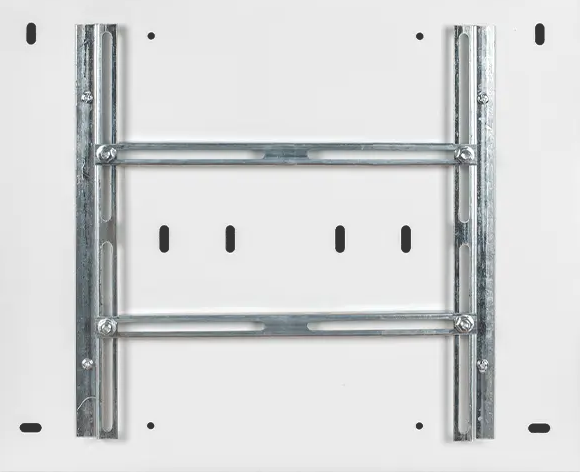Enhancing Manifold Reliability Through Back Plate Design

The back plate is a vital part of manifold assemblies that ensures both structural integrity and reliable operation. By securely holding manifold components together, it helps maintain the overall configuration necessary for fluid or gas flow management.
Materials used for back plates often emphasize durability, corrosion resistance, and mechanical strength. These properties contribute to the manifold’s ability to withstand demanding industrial environments and prolonged use. Commonly, metals like stainless steel are selected for these reasons.
In addition to support, back plates contribute to the alignment of internal components, such as valves and seals. Proper alignment is crucial for smooth operation and to prevent wear or failure caused by misplacement. The back plate’s design often includes precise holes and slots for easy assembly.
The plate’s surface finish can also impact the manifold’s sealing capabilities. A well-machined back plate surface ensures tight contact with gaskets or O-rings, reducing the risk of leaks. This characteristic is especially important in systems where pressure containment is critical.
Another advantage of back plates is their contribution to modularity. By acting as a base, they allow manifold systems to be easily expanded or modified. This flexibility supports evolving system requirements without the need for complete replacement.
Overall, the back plate of manifolds supports operational stability, alignment, and maintenance. Attention to its design and material properties plays a key role in the effectiveness of manifold assemblies across various applications.
- Art
- Causes
- Crafts
- Dance
- Drinks
- Film
- Fitness
- Food
- Games
- Gardening
- Health
- Home
- Literature
- Music
- Networking
- Other
- Party
- Religion
- Shopping
- Sports
- Theater
- Wellness


